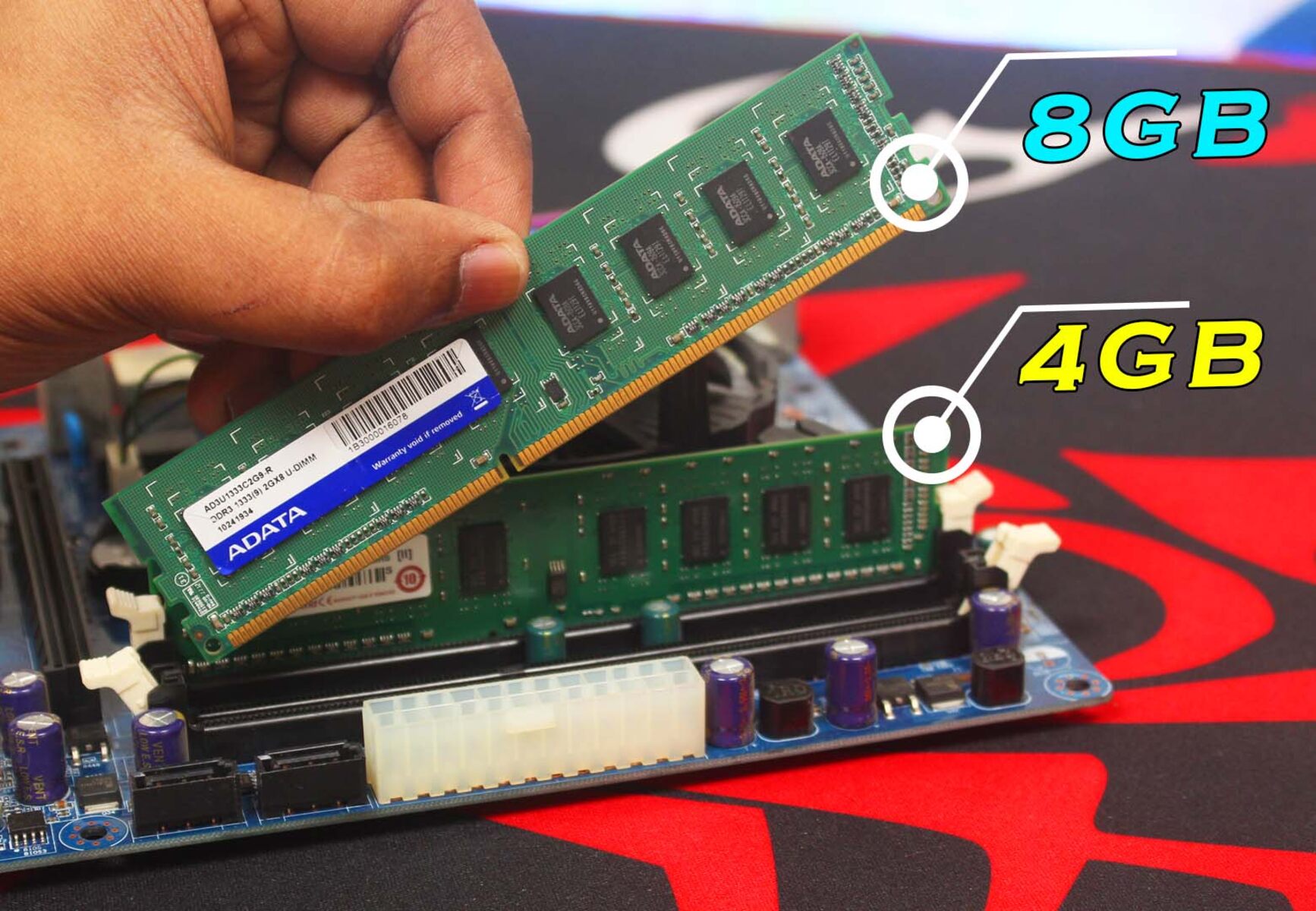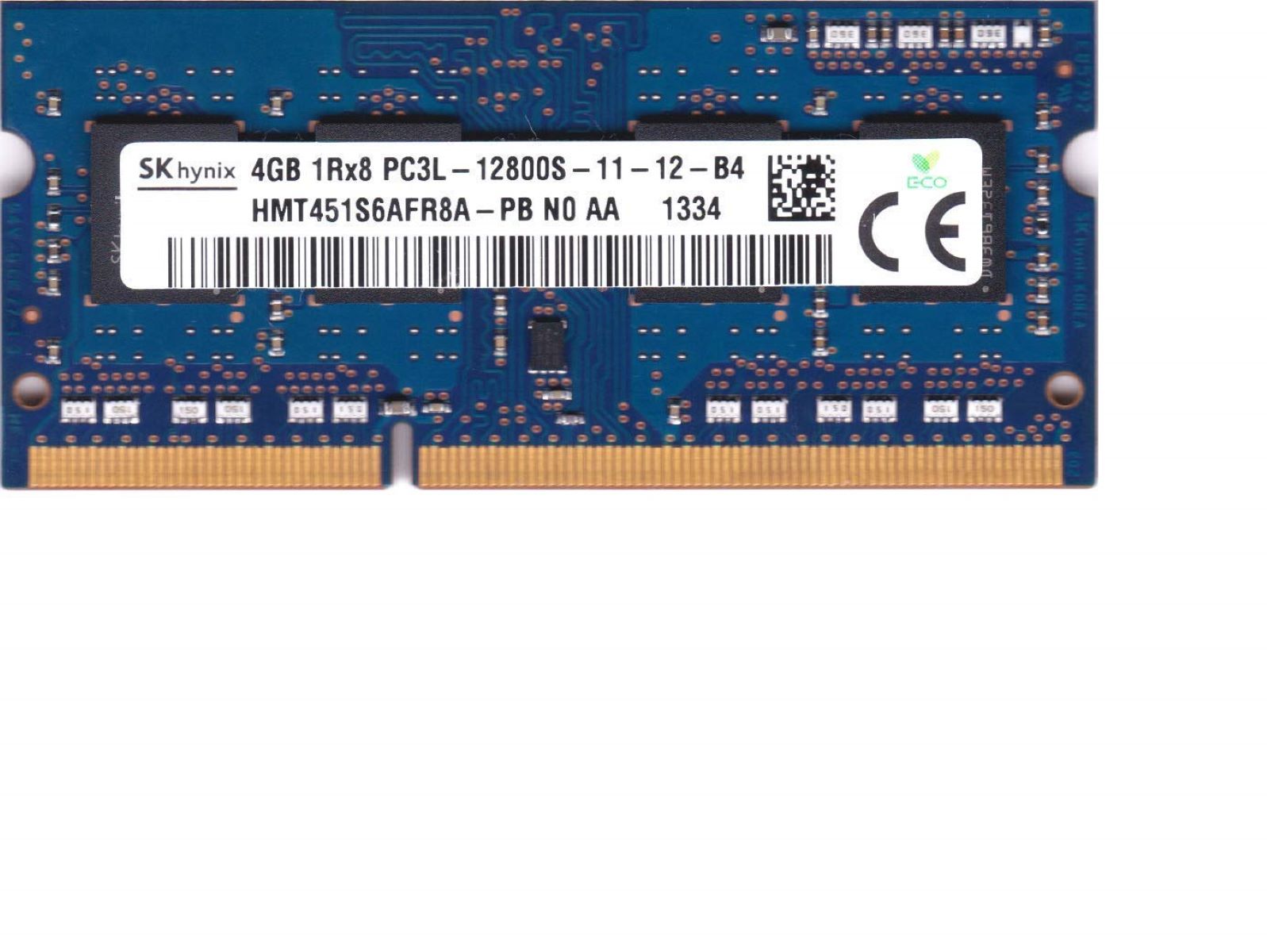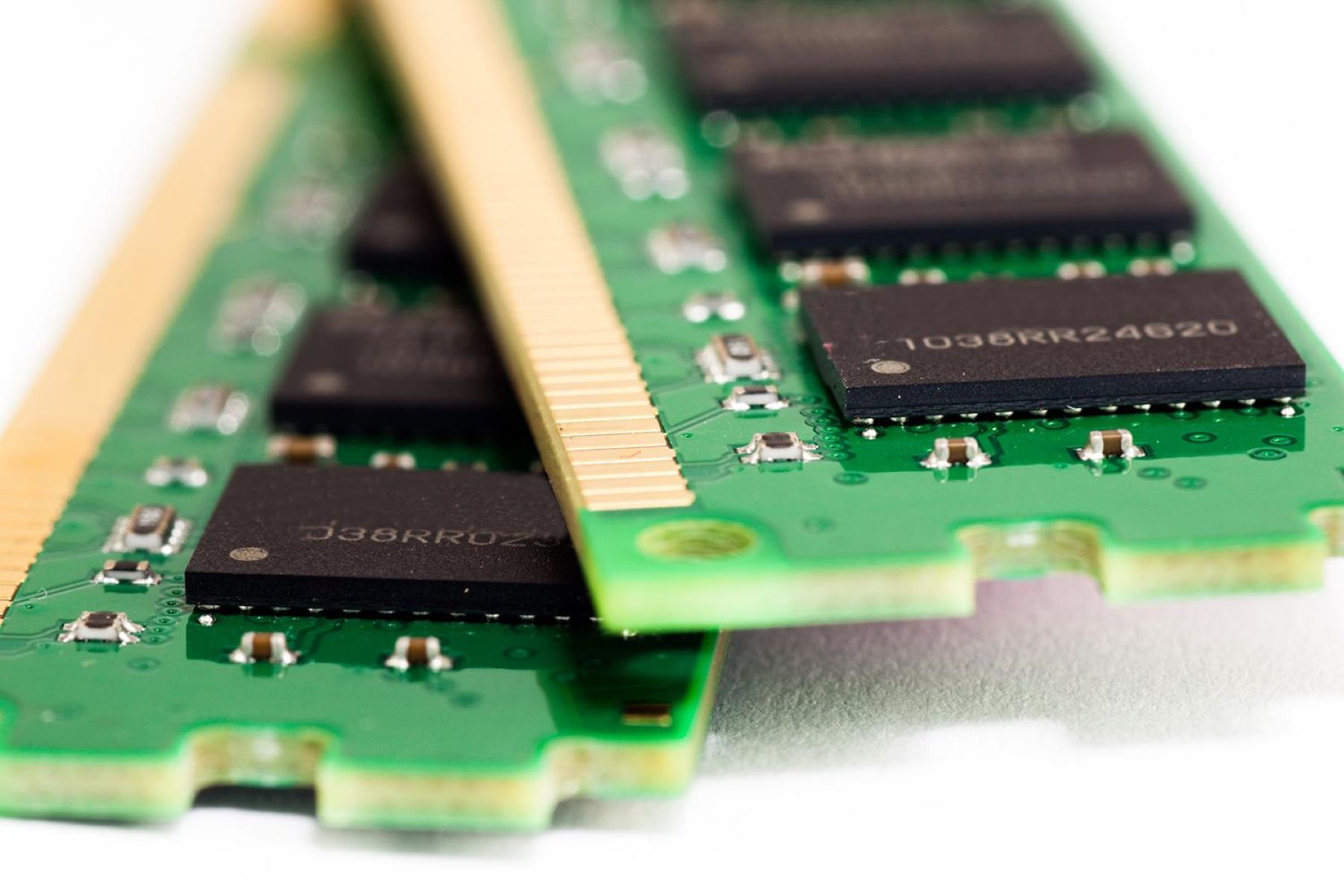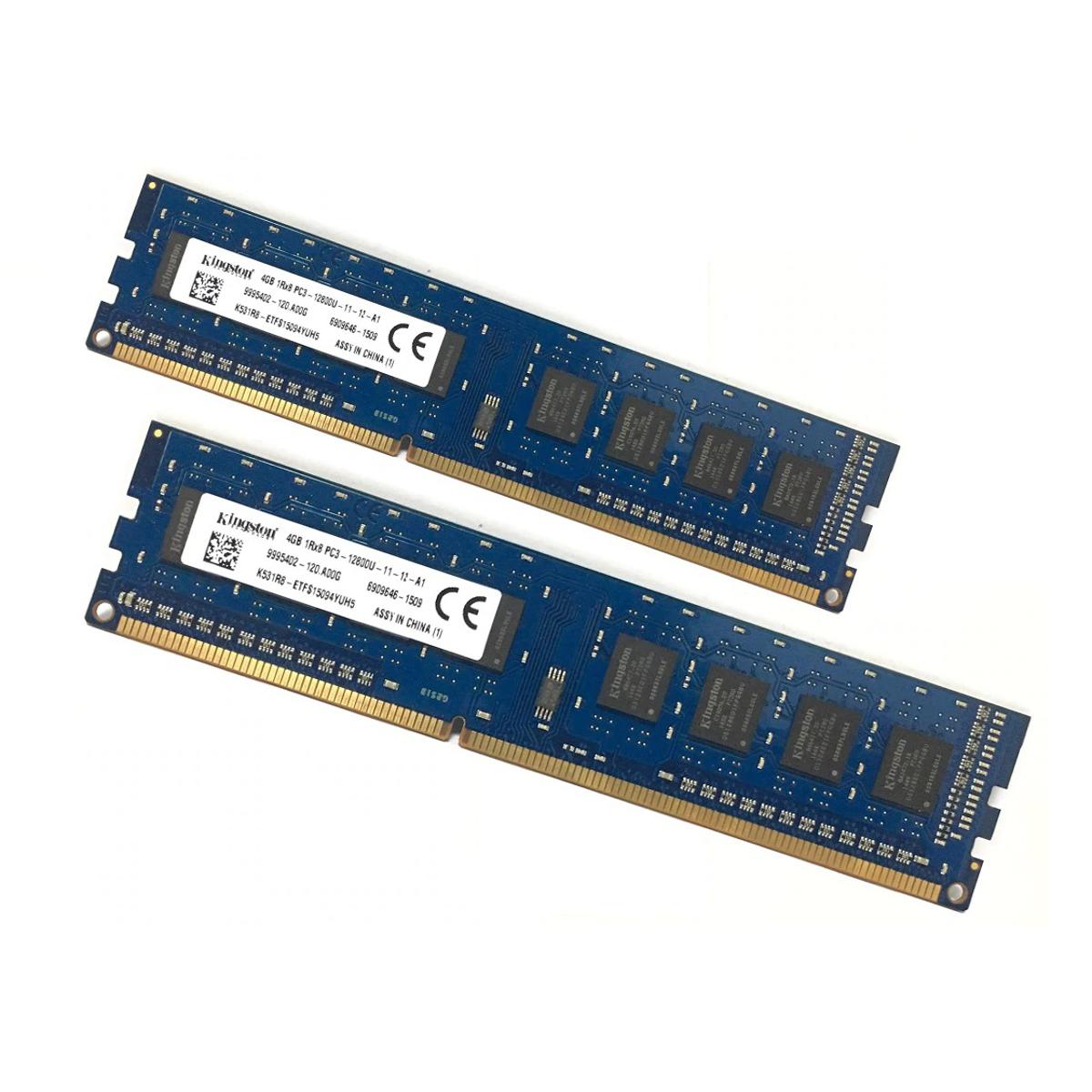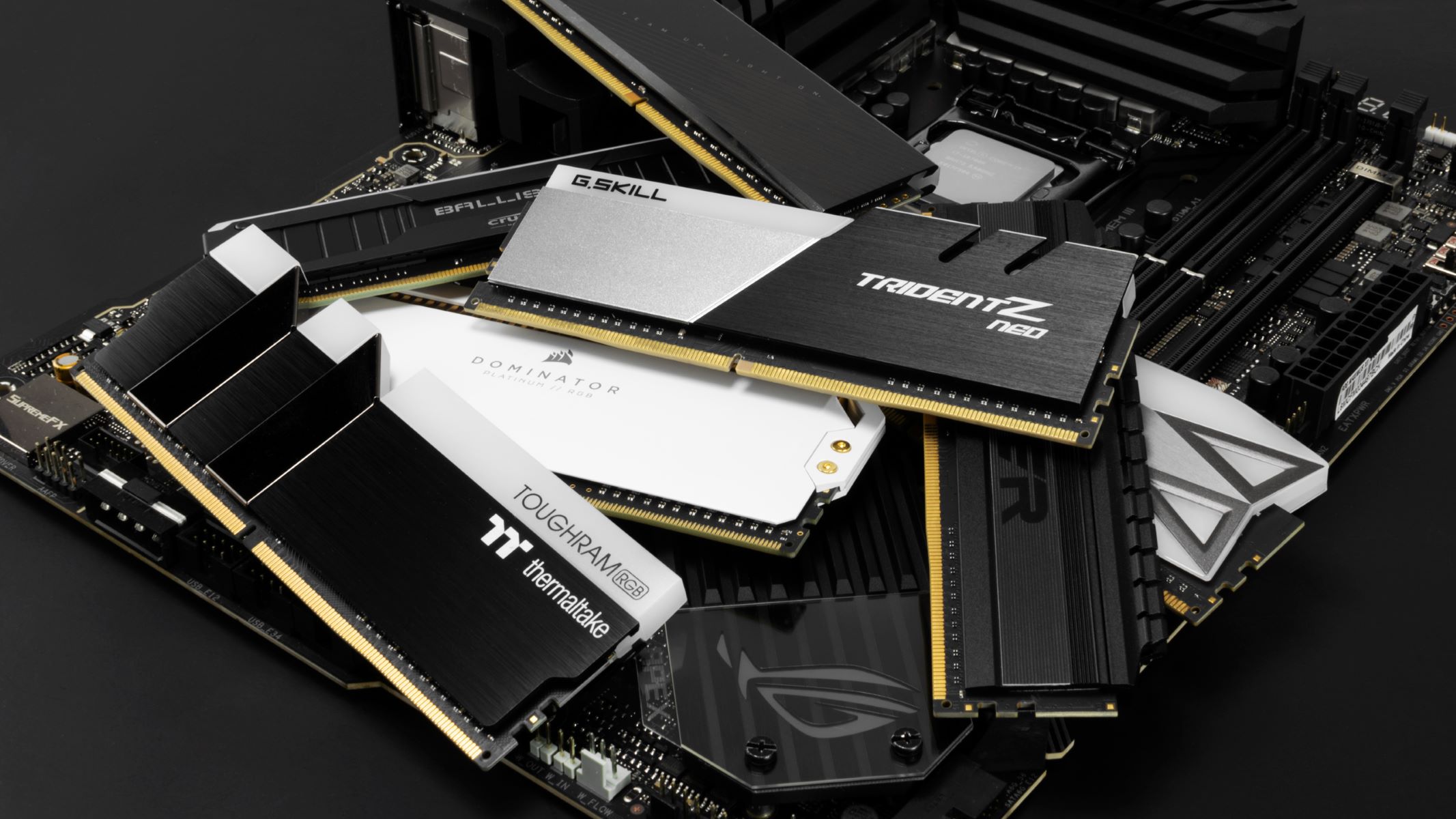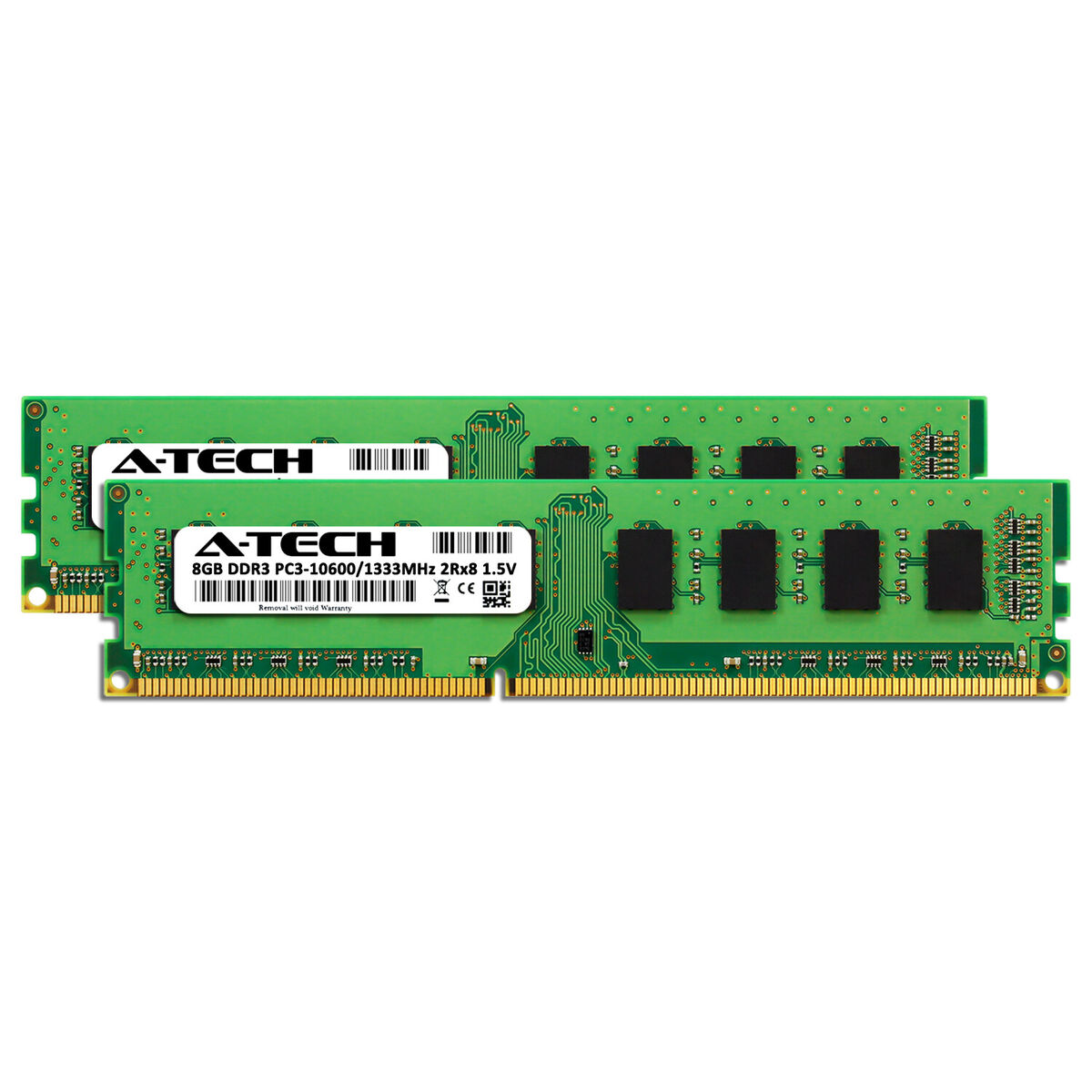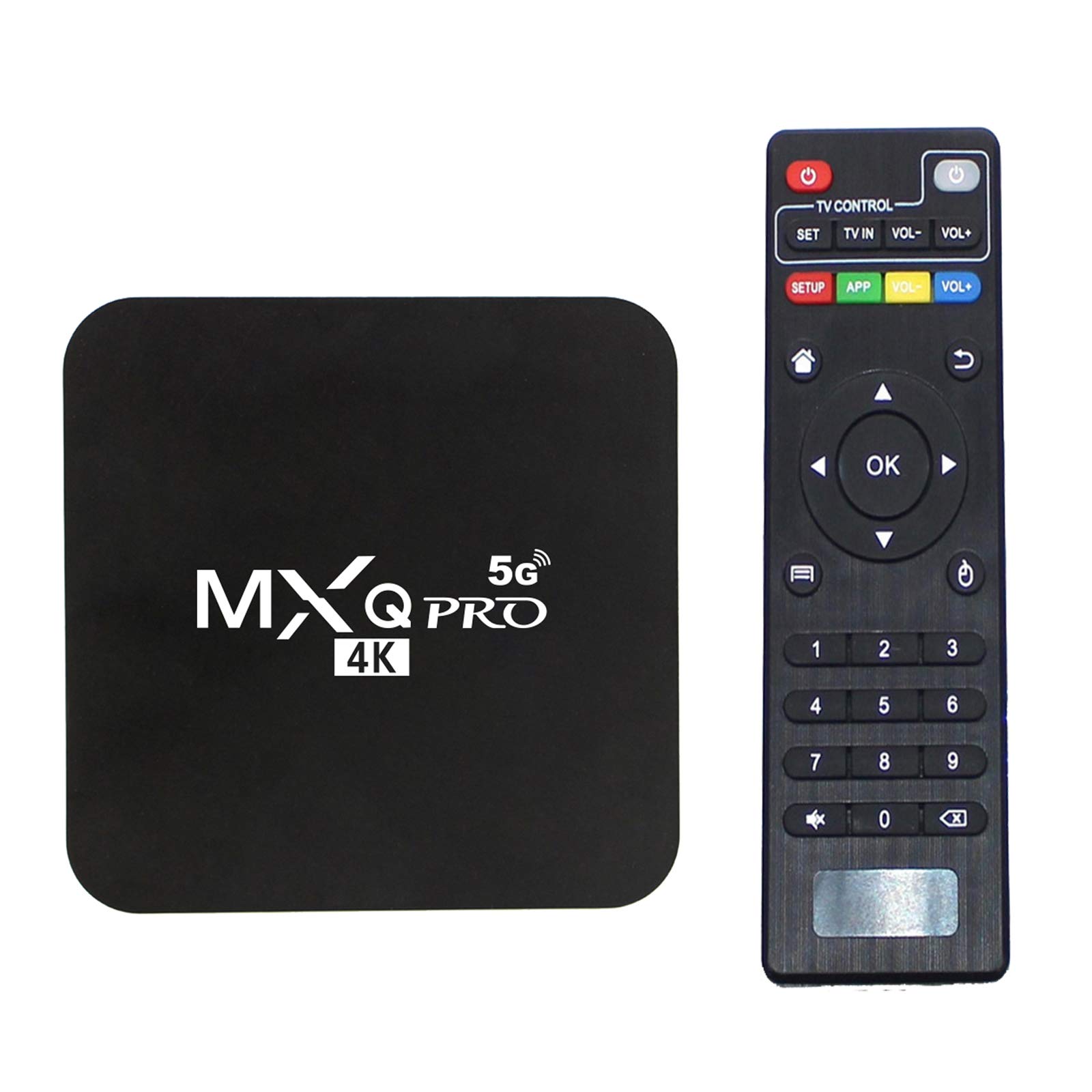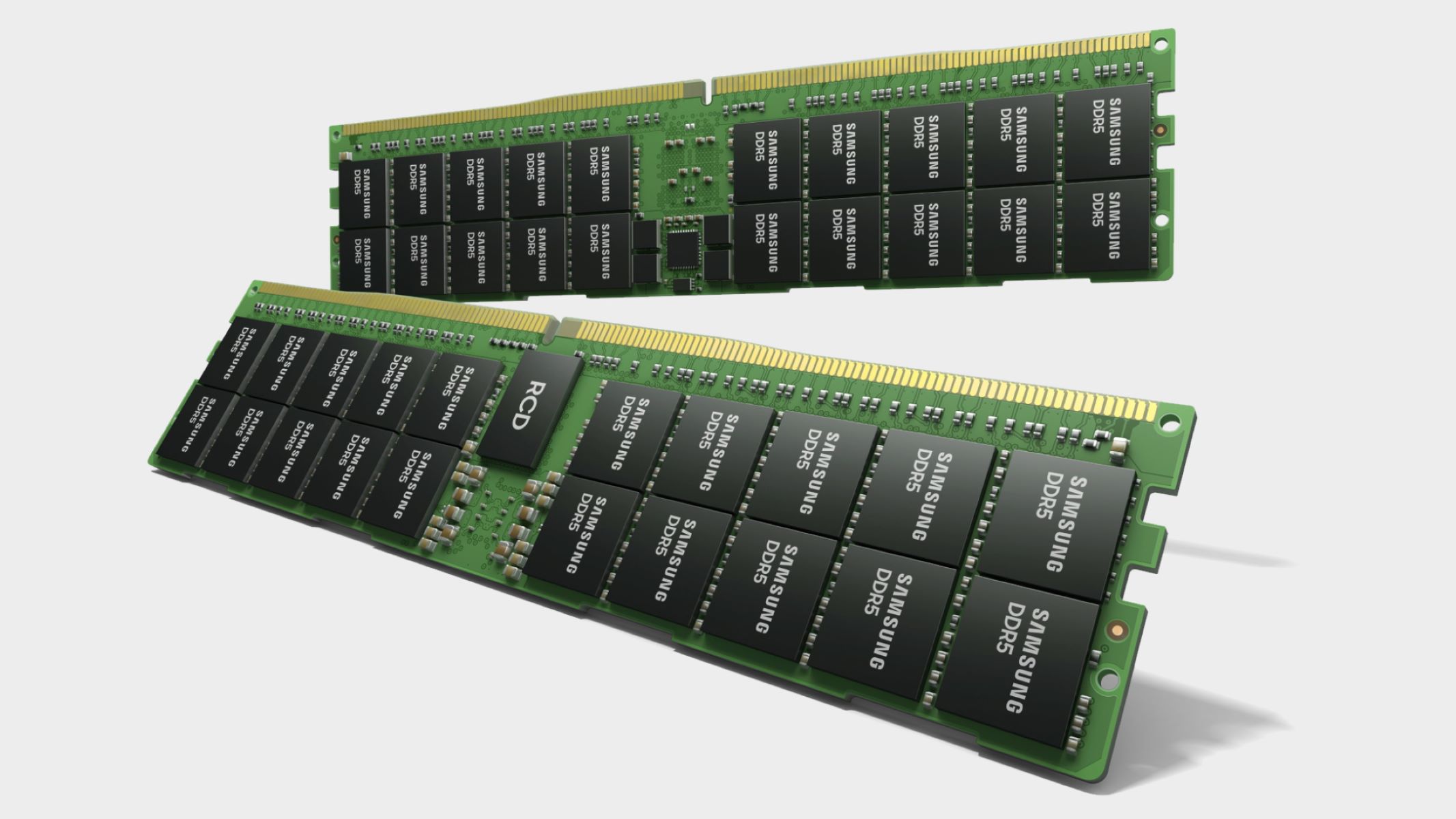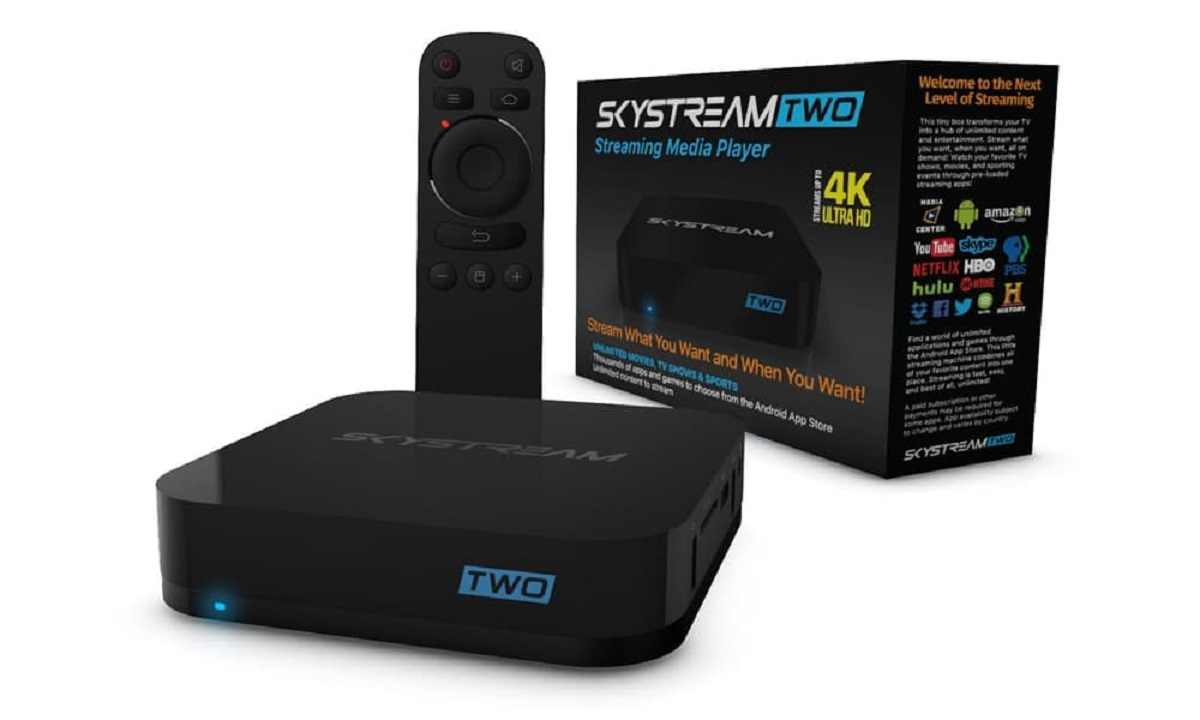Introduction
Welcome to the world of computer memory! In this digital age, where multitasking has become the norm, having an efficient and capable computer is essential. One crucial component that plays a vital role in the performance of your computer is Random Access Memory, commonly known as RAM.
RAM is the temporary storage space where your computer’s operating system and software programs reside while they are being actively used. It allows for quick access to data, enabling smooth and seamless multitasking.
When it comes to RAM, you may have come across the term “4GB RAM.” But what does it really mean? In this article, we will explore the concept of RAM and delve into the specifics of 4GB RAM, including what it entails, how much RAM you actually need, and the benefits it brings to your computer experience.
Additionally, we will provide you with practical tips on optimizing the usage of 4GB RAM, ensuring that you make the most out of this memory capacity. So, if you’re ready to uncover the mysteries of 4GB RAM and enhance your computer knowledge, let’s dive right in!
RAM (Random Access Memory) Explained
RAM, short for Random Access Memory, is a critical component of any computer system. It serves as the short-term memory of your computer, allowing for quick access to data that is actively being used by the operating system and running software programs.
Unlike other storage devices like hard drives or SSDs, RAM is volatile, meaning its contents are temporary and get cleared when the computer is turned off. This temporary nature of RAM allows for fast read and write speeds, making it ideal for tasks that require frequent data access.
RAM is organized into memory cells, each capable of storing a single unit of data. These cells are further grouped into chunks called “pages.” The size of a single memory cell, as well as the number of cells and pages, determines the overall capacity of the RAM module.
The speed of RAM is measured in megahertz (MHz) or gigahertz (GHz) and represents the number of cycles per second that the RAM can perform. The higher the MHz or GHz, the faster the RAM can read and write data.
When your computer boots up, the operating system and essential programs are loaded into RAM, allowing for quick access and manipulation. As you open additional programs or perform tasks, more data is loaded into RAM to accommodate the increased workload. If the available RAM is insufficient, the computer may slow down, freeze, or even crash.
It’s important to note that RAM is different from storage devices like hard drives or SSDs, which provide long-term storage of data even when the computer is off. RAM only holds data temporarily, and its primary purpose is to facilitate seamless and efficient data processing while a computer is powered on.
What is 4GB RAM?
When we refer to 4GB RAM, we are talking about the amount of Random Access Memory that a computer system has. In this case, the “4GB” indicates that the system has 4 gigabytes of RAM.
Gigabytes (GB) are a unit of measurement used to quantify data storage capacity. One gigabyte is equivalent to 1,073,741,824 bytes. So, when we say a computer has 4GB of RAM, it means that it can store and access up to 4 billion bytes of data at once.
4GB of RAM is considered a standard amount for basic computer tasks and entry-level systems. It provides enough memory for smooth multitasking, browsing the internet, checking emails, and running common software applications.
However, it’s worth noting that the amount of RAM required for optimal performance can vary depending on the specific needs of the user and the tasks they perform on their computer.
The RAM capacity of a computer can impact its performance, especially when running resource-intensive programs or engaging in tasks such as video editing, gaming, or multitasking with numerous applications open simultaneously. In these cases, more RAM is often recommended to ensure smooth and efficient operation.
It’s important to consider that 4GB RAM may not be sufficient for advanced users or those who engage in demanding tasks on a regular basis. If you find that your computer frequently lags or struggles to handle the applications you use, upgrading to a higher RAM capacity, such as 8GB or 16GB, may significantly improve your system’s performance.
Ultimately, the amount of RAM you need depends on your specific usage requirements. But for average users engaging in everyday tasks, 4GB RAM is a good starting point that strikes a balance between performance and affordability.
How Much RAM Do You Need?
Determining the ideal amount of RAM for your computer depends on several factors, including the type of tasks you perform, the software you use, and your budget. While 4GB RAM is sufficient for basic usage, more demanding tasks may require a higher capacity.
If you primarily use your computer for web browsing, checking emails, word processing, and other light tasks, 4GB of RAM should be adequate. It allows for smooth multitasking and ensures that your system runs efficiently without any major performance issues.
For users who work with more resource-intensive applications, such as photo and video editing software, design programs, or gaming, it is recommended to have at least 8GB of RAM. This additional memory capacity allows for faster processing of large files and provides a smoother experience while handling complex tasks.
Content creators and professionals working with advanced software like video editing, 3D modeling, or virtualization may benefit from 16GB or even 32GB of RAM. These higher capacities enable seamless multitasking, quick rendering, and enhanced performance when working with memory-hungry applications.
It’s also worth considering future-proofing your computer by opting for more RAM if possible. As technology evolves and software becomes increasingly resource-intensive, having additional RAM can ensure that your computer remains capable of handling tasks efficiently in the long run.
Ultimately, the amount of RAM you need is a balance between your budget and your specific usage requirements. Analyze the tasks you perform regularly and consider the recommendations of software developers to determine the optimal RAM capacity for your needs.
Keep in mind that the capacity of RAM can often be increased or upgraded in many computers, so if you find that your current RAM is not meeting your needs, it’s possible to add more RAM later on.
Benefits of 4GB RAM
Having 4GB of RAM in your computer offers several benefits that can enhance your overall computing experience. While it may not be suitable for intensive tasks, it provides enough memory for everyday usage and ensures smooth performance for most applications.
1. Faster System Response: 4GB of RAM allows for quicker data access, leading to improved system responsiveness. This means that tasks like opening and switching between applications, as well as loading files and documents, will be faster and more efficient.
2. Smooth Multitasking: With 4GB RAM, you can comfortably run multiple applications simultaneously without experiencing significant slowdowns. This is particularly helpful if you use applications like web browsers, email clients, office suites, and media players simultaneously.
3. Improved Web Browsing: RAM plays a crucial role in web browsing, as modern websites can be resource-intensive. With 4GB RAM, you can have multiple tabs open without impacting performance, ensuring a smoother and more enjoyable browsing experience.
4. Basic Gaming: While 4GB RAM may not be sufficient for high-end gaming, it can handle most basic games and older titles with ease. This allows you to enjoy casual gaming experiences without major performance issues.
5. Cost-Effective Solution: Compared to higher RAM capacities, 4GB RAM is relatively affordable. It provides a good balance between performance and cost, making it an ideal choice for budget-conscious users who still want decent computing capabilities.
6. Energy Efficiency: Since 4GB RAM uses less power compared to higher capacities, it ensures better energy efficiency in your system. This can result in longer battery life for laptops and reduced electricity consumption for desktop computers.
7. Easy Compatibility: 4GB RAM is compatible with most computers and operating systems, making it widely available and easy to install. Whether you have a Windows, macOS, or Linux system, you can usually upgrade to 4GB RAM without any compatibility issues.
While 4GB of RAM may not be sufficient for everyone, it provides a solid foundation for everyday computing tasks. It offers faster system response, smooth multitasking, improved web browsing, basic gaming capabilities, and cost-effective performance. Consider your usage requirements and budget when deciding if 4GB RAM is suitable for your needs.
What Can You Do With 4GB RAM?
Despite being considered a standard amount of memory, 4GB RAM is capable of handling numerous tasks and providing a satisfactory computing experience for many users. Let’s explore some of the things you can do with 4GB RAM:
1. Everyday Productivity: 4GB RAM is more than sufficient for everyday productivity tasks like word processing, email management, creating spreadsheets, and creating presentations. You can comfortably handle applications like Microsoft Office, Google Docs, and other productivity tools without experiencing notable performance issues.
2. Web Browsing and Online Activities: With 4GB RAM, you can enjoy seamless web browsing, stream videos, listen to music, and engage in various online activities. It allows you to have multiple tabs open in your browser and enjoy a smooth online experience.
3. Multimedia Playback: 4GB RAM is capable of handling multimedia playback without any problems. You can watch movies, listen to music, and view photos with ease, as long as you don’t have too many resource-intensive programs running simultaneously.
4. Basic Gaming: While modern high-end games may require more RAM, 4GB is sufficient for running basic games and older titles. You can enjoy casual gaming experiences or play games with lower system requirements without significant performance issues.
5. Educational and Digital Learning: 4GB RAM is suitable for educational purposes, allowing you to access online learning platforms, interact with educational software, and participate in virtual classrooms or video conferencing sessions.
6. Light Photo and Video Editing: If you engage in light photo editing or basic video editing, 4GB RAM can handle these tasks. You can use software like Adobe Photoshop or Adobe Premiere Elements to edit and enhance your photos or videos, although more complex projects may require additional RAM.
7. Office and Administrative Work: 4GB RAM is well-suited for office and administrative tasks such as managing documents, creating reports, organizing files, and using business software. You can efficiently handle applications like Microsoft Office, QuickBooks, and project management tools.
While 4GB RAM may not be optimal for resource-intensive tasks like heavy video editing, 3D rendering, or running complex software, it can still provide a satisfactory computing experience for a wide range of everyday tasks. It’s crucial to consider your specific needs and requirements before deciding on the RAM capacity that best suits you.
Tips to Optimize 4GB RAM Usage
If you’re working with 4GB RAM, optimizing its usage can help improve the overall performance and efficiency of your computer. Here are some tips to make the most out of your limited RAM capacity:
1. Close Unnecessary Programs: Make a habit of closing unused programs and applications. Having too many applications running simultaneously can consume precious RAM, leading to slower performance. Keep only the essential programs open to free up memory for more important tasks.
2. Disable Startup Programs: Some programs automatically launch when you start your computer, utilizing valuable resources. Disable unnecessary startup programs to prevent them from consuming RAM unnecessarily. You can manage startup programs through the Task Manager or System Configuration utility in Windows.
3. Limit Browser Tabs: Web browsers can be memory-intensive, especially when you have numerous tabs open. Limit the number of tabs you keep active at a time to reduce RAM usage. Consider using browser extensions that suspend inactive tabs or bookmark pages for later reference.
4. Use Lightweight Software: Opt for lightweight alternatives to resource-heavy applications. Many software programs have lightweight versions or alternative options that offer similar functionality while using less RAM. Look for lightweight office suites, image editors, media players, and internet browsers.
5. Clear Cache and Temporary Files: Regularly clear your cache and temporary files to free up storage space and improve overall system performance. Temporary files can accumulate over time and consume valuable RAM. Use disk cleanup tools or manually delete temporary files to optimize RAM usage.
6. Adjust Visual Effects: Visual effects, such as animations and transparency, can be visually appealing but can also impact system performance. Disable or reduce unnecessary visual effects in your operating system settings to save RAM and improve overall responsiveness.
7. Upgrade to an SSD: If your budget allows, consider upgrading your system’s storage drive to a solid-state drive (SSD). SSDs offer faster read and write speeds compared to traditional hard drives, reducing the reliance on RAM for caching data and improving overall system performance.
8. Perform Regular Maintenance: Keep your system optimized by regularly performing maintenance tasks such as disk defragmentation, updating drivers and software, and running system scans for malware. This can help improve overall system performance and reduce unnecessary RAM consumption.
By implementing these tips, you can optimize the usage of your 4GB RAM and ensure that your computer operates smoothly and efficiently. While it may not be an extensive RAM capacity, these optimizations can go a long way in maximizing its potential.
Conclusion
In conclusion,
RAM (Random Access Memory) is an essential component of your computer system that plays a crucial role in its performance. Understanding the concept of RAM, including its capacity and functionality, is important in optimizing your computer usage.
While 4GB RAM serves as a standard amount for basic computing tasks, it may not be sufficient for more resource-intensive activities. The amount of RAM you need depends on your specific usage requirements, such as gaming, multimedia editing, or professional applications.
Despite its limitations, 4GB RAM offers several benefits, including faster system response, smooth multitasking, improved web browsing, basic gaming capabilities, and affordability. It can handle everyday tasks, productivity applications, web browsing, and multimedia playback with ease.
To make the most out of your 4GB RAM, consider optimizing its usage by closing unnecessary programs, limiting browser tabs, using lightweight software, clearing cache, adjusting visual effects, and performing regular maintenance. These tips can help enhance the performance and efficiency of your computer even with limited RAM capacity.
Ultimately, the decision to upgrade your RAM depends on your specific needs and budget. If you find that your current RAM capacity is holding you back from accomplishing your desired tasks efficiently, upgrading to a higher capacity may be a worthwhile investment.
Remember to consider the recommendations of software developers, analyze your usage requirements, and determine the optimal RAM capacity for your needs. By doing so, you can ensure that your computer system is equipped to handle your tasks effectively, providing you with a smooth and enjoyable computing experience.







